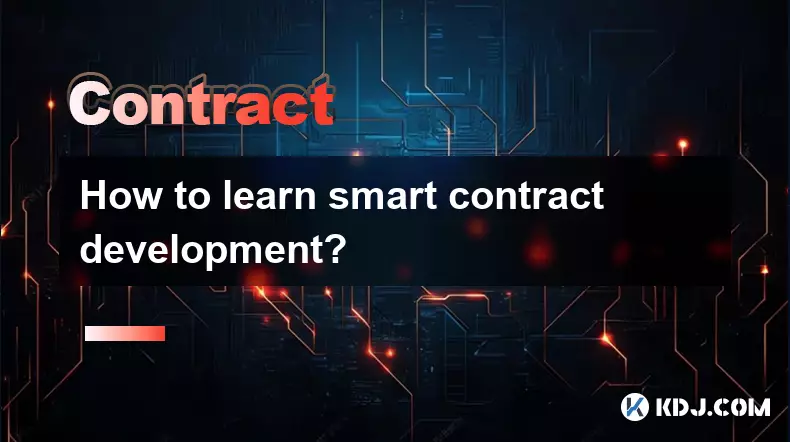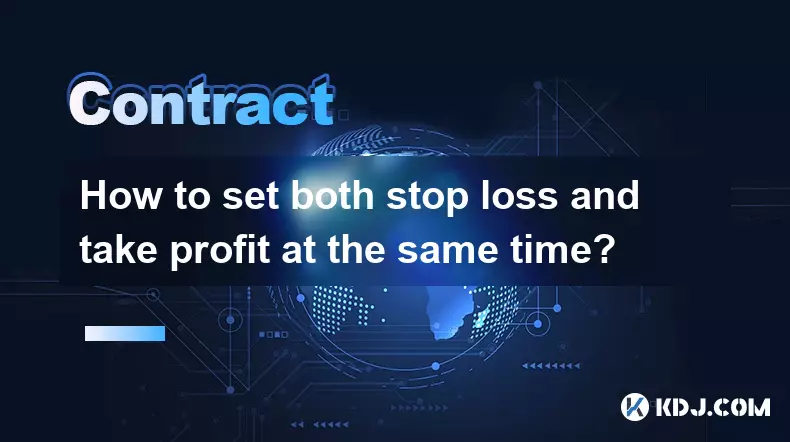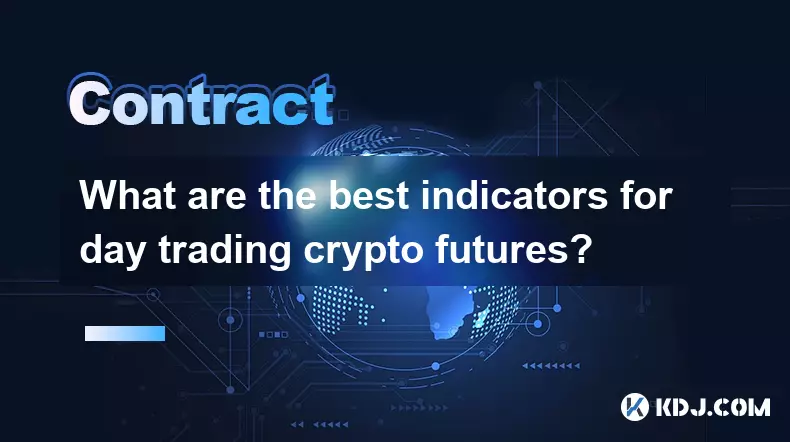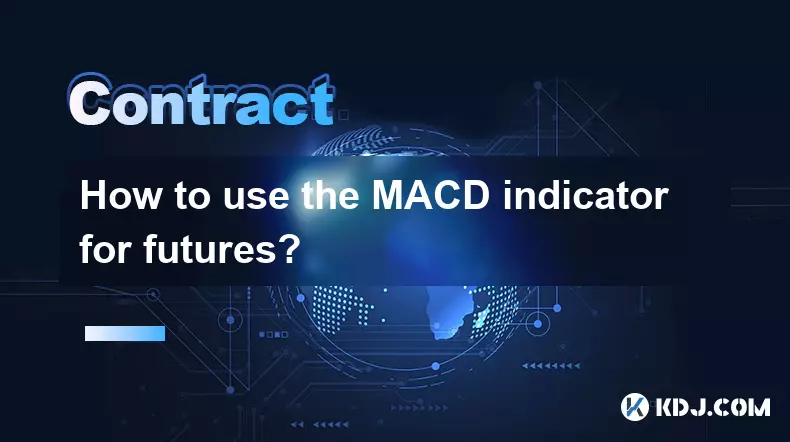-
 Bitcoin
Bitcoin $113200
1.54% -
 Ethereum
Ethereum $4368
1.43% -
 XRP
XRP $3.022
4.23% -
 Tether USDt
Tether USDt $0.0000
-0.01% -
 BNB
BNB $883.5
0.92% -
 Solana
Solana $219.5
5.29% -
 USDC
USDC $0.9997
-0.02% -
 Dogecoin
Dogecoin $0.2411
3.66% -
 Cardano
Cardano $0.8908
5.48% -
 TRON
TRON $0.3349
0.94% -
 Hyperliquid
Hyperliquid $54.50
8.93% -
 Chainlink
Chainlink $23.73
5.54% -
 Ethena USDe
Ethena USDe $1.001
-0.01% -
 Sui
Sui $3.602
5.47% -
 Stellar
Stellar $0.3861
5.90% -
 Bitcoin Cash
Bitcoin Cash $585.1
-1.13% -
 Avalanche
Avalanche $26.09
4.37% -
 Hedera
Hedera $0.2325
5.06% -
 UNUS SED LEO
UNUS SED LEO $9.549
-0.23% -
 Litecoin
Litecoin $114.2
1.13% -
 Cronos
Cronos $0.2502
-2.95% -
 Toncoin
Toncoin $3.134
1.24% -
 Shiba Inu
Shiba Inu $0.00001307
4.10% -
 Polkadot
Polkadot $4.148
3.50% -
 Uniswap
Uniswap $9.759
3.47% -
 Ethena
Ethena $0.8495
11.24% -
 World Liberty Financial
World Liberty Financial $0.2188
3.76% -
 Dai
Dai $0.9997
-0.03% -
 Monero
Monero $271.7
0.21% -
 Aave
Aave $309.2
2.95%
What are the best strategies to avoid liquidation on KuCoin?
To avoid liquidation on KuCoin, use lower leverage, set stop-loss orders, monitor your margin ratio, and enable price alerts to stay ahead of market moves.
Aug 13, 2025 at 11:35 am

Understanding Liquidation on KuCoin
Liquidation on KuCoin occurs when a trader’s margin balance falls below the maintenance margin required to keep a leveraged position open. This typically happens in futures trading or margin trading when the market moves against the position and the available margin can no longer cover potential losses. When liquidation happens, the platform automatically closes the position to prevent further losses. The primary goal of risk management is to avoid this scenario. Understanding how maintenance margin and liquidation price are calculated is crucial. KuCoin uses a mark price rather than the last traded price to determine liquidation, which helps prevent manipulation. Traders must monitor their margin ratio closely, as a ratio reaching 100% triggers liquidation.
Set Appropriate Leverage Levels
One of the most effective ways to avoid liquidation is by using lower leverage. While KuCoin offers leverage up to 125x on certain contracts, higher leverage increases risk exponentially. For instance, a position with 10x leverage requires a 10% move against the trader to trigger liquidation, whereas 50x leverage may liquidate with only a 2% adverse move. New or risk-averse traders should consider using 3x to 10x leverage to provide a larger buffer. Lower leverage reduces the sensitivity of the position to price volatility. It also allows more room for price fluctuations without hitting the liquidation threshold. Always assess your risk tolerance before selecting leverage. You can adjust leverage before opening a position in the futures trading interface under the leverage selector.
Use Stop-Loss and Take-Profit Orders
Implementing stop-loss orders is a fundamental strategy to prevent liquidation. A stop-loss automatically closes your position when the price reaches a predefined level, limiting losses before they deplete your margin. On KuCoin, you can set a stop-loss when placing a futures order. To do so:
- Navigate to the futures trading page.
- Select the contract you wish to trade.
- Choose 'Limit' or 'Market' order type.
- Enable the 'Stop-Loss' option.
- Enter the trigger price and the execution price.
- Confirm the order.
Using a trailing stop-loss is even more effective in volatile markets. This feature adjusts the stop-loss price as the market moves favorably, locking in profits while still protecting against sudden reversals. KuCoin supports trailing stops in both cross and isolated margin modes. Always ensure your stop-loss is placed at a realistic distance from the current price to avoid being stopped out by minor price wicks.
Monitor Margin and Adjust Position Size
Maintaining sufficient available margin is essential. Traders should avoid opening positions that consume their entire margin balance. A practical approach is to use only a fraction of your total margin, such as 20% to 30%, per trade. This provides breathing room for price swings. You can monitor your margin status in real-time on the position panel in KuCoin’s futures dashboard. If the margin ratio approaches dangerous levels (e.g., above 80%), consider adding more margin manually. KuCoin allows margin top-up for isolated positions:
- Go to the Positions tab.
- Locate the open position.
- Click 'Add Margin'.
- Enter the amount of USDT or the base currency to deposit.
- Confirm the transaction.
Reducing position size is another defensive move. If the market becomes volatile, closing part of the position lowers the required maintenance margin and reduces exposure.
Leverage Hedging and Diversification
Hedging involves opening opposite positions to offset potential losses. For example, if you hold a long position in BTC/USDT perpetual futures, you can open a small short position as a hedge during uncertain market conditions. KuCoin allows multiple positions in the same contract under hedge mode. To enable hedge mode:
- Access the futures trading interface.
- Click on the account mode icon (usually near the balance display).
- Switch from One-Way Mode to Hedge Mode.
- Confirm the change.
Once in hedge mode, you can hold both long and short positions simultaneously. This flexibility allows strategic risk mitigation. Diversifying across different assets also reduces systemic risk. Instead of concentrating all margin on a single volatile altcoin, spread positions across BTC, ETH, and stablecoin pairs. This reduces the likelihood that a single price crash will trigger widespread liquidations.
Stay Informed and Use Risk Management Tools
Market awareness plays a vital role in avoiding liquidation. Sudden news events, such as regulatory announcements or macroeconomic data, can cause sharp price movements. Subscribing to reliable crypto news sources and setting up price alerts on KuCoin helps you react proactively. KuCoin offers price alert notifications via email or app push. To set one:
- Open the spot or futures trading page.
- Find the price indicator on the chart.
- Click the bell icon or 'Set Alert'.
- Enter the target price.
- Choose notification method.
- Save the alert.
Additionally, use KuCoin’s liquidation price calculator available in the position details. This tool shows the exact price at which your position will be liquidated, helping you assess risk. Regularly reviewing open orders, margin usage, and funding rates ensures you remain in control of your trading strategy.
Frequently Asked Questions
What is the difference between cross and isolated margin on KuCoin?In isolated margin, the margin is fixed for a specific position, limiting losses to that amount. In cross margin, the entire wallet balance acts as collateral, spreading risk across all positions. Isolated margin offers better control for risk management.
Can I receive a liquidation warning on KuCoin?Yes. KuCoin sends email and in-app notifications when your margin ratio approaches the liquidation threshold. Enabling these alerts in Account Settings > Notifications is highly recommended.
Does funding rate affect liquidation risk?Indirectly, yes. High funding rates increase holding costs for long or short positions, which can erode margin over time, especially in prolonged trades. Monitoring funding rates helps avoid unexpected margin depletion.
How does mark price prevent unfair liquidation?KuCoin uses mark price, derived from external price indices, to determine liquidation. This prevents manipulation via short-term price spikes on the exchange and ensures liquidations occur only when the broader market confirms the move.
Disclaimer:info@kdj.com
The information provided is not trading advice. kdj.com does not assume any responsibility for any investments made based on the information provided in this article. Cryptocurrencies are highly volatile and it is highly recommended that you invest with caution after thorough research!
If you believe that the content used on this website infringes your copyright, please contact us immediately (info@kdj.com) and we will delete it promptly.
- USDT0 & X Layer: Unifying Stablecoin Liquidity for a Seamless Web3 Experience
- 2025-09-09 22:45:15
- Dogcoin Mining: Turning a Meme into a Profit Source
- 2025-09-09 22:45:15
- Crypto Casinos, Bitcoin & Europe in 2025: Riding the Wave
- 2025-09-09 22:25:15
- OpenSea's SEA Token: Tokenomics, Treasure Chests, and the Future of NFT Trading
- 2025-09-09 22:25:15
- BBVA, Ripple, and Crypto Custody: A New Era for European Banking
- 2025-09-09 22:50:12
- Sky High Stakes: The USDH Bidding War Heats Up
- 2025-09-09 23:10:12
Related knowledge

How to learn smart contract development?
Sep 09,2025 at 02:18am
Understanding the Foundation of Smart Contracts1. Smart contract development begins with a solid understanding of what smart contracts are—self-execut...

How to set both stop loss and take profit at the same time?
Sep 06,2025 at 04:36pm
Understanding Simultaneous Stop Loss and Take Profit Orders1. Placing both stop loss and take profit orders at the same time is a standard practice in...

What is copy trading for crypto futures?
Sep 07,2025 at 02:00am
What Is Copy Trading in Crypto Futures?1. Copy trading in crypto futures allows investors to automatically replicate the trades of experienced traders...

What are the best indicators for day trading crypto futures?
Sep 08,2025 at 10:18am
Top Technical Indicators for Crypto Futures Day Trading1. The Relative Strength Index (RSI) is widely used to identify overbought or oversold conditio...

How to use the MACD indicator for futures?
Sep 07,2025 at 09:00pm
Understanding the MACD Indicator in Futures Trading1. The MACD (Moving Average Convergence Divergence) indicator is a momentum oscillator widely used ...

What to do if you are about to be liquidated?
Sep 06,2025 at 01:00am
Understanding Liquidation in the Crypto Market1. Liquidation occurs when a trader’s margin balance falls below the required maintenance margin, forcin...

How to learn smart contract development?
Sep 09,2025 at 02:18am
Understanding the Foundation of Smart Contracts1. Smart contract development begins with a solid understanding of what smart contracts are—self-execut...

How to set both stop loss and take profit at the same time?
Sep 06,2025 at 04:36pm
Understanding Simultaneous Stop Loss and Take Profit Orders1. Placing both stop loss and take profit orders at the same time is a standard practice in...

What is copy trading for crypto futures?
Sep 07,2025 at 02:00am
What Is Copy Trading in Crypto Futures?1. Copy trading in crypto futures allows investors to automatically replicate the trades of experienced traders...

What are the best indicators for day trading crypto futures?
Sep 08,2025 at 10:18am
Top Technical Indicators for Crypto Futures Day Trading1. The Relative Strength Index (RSI) is widely used to identify overbought or oversold conditio...

How to use the MACD indicator for futures?
Sep 07,2025 at 09:00pm
Understanding the MACD Indicator in Futures Trading1. The MACD (Moving Average Convergence Divergence) indicator is a momentum oscillator widely used ...

What to do if you are about to be liquidated?
Sep 06,2025 at 01:00am
Understanding Liquidation in the Crypto Market1. Liquidation occurs when a trader’s margin balance falls below the required maintenance margin, forcin...
See all articles
























































































